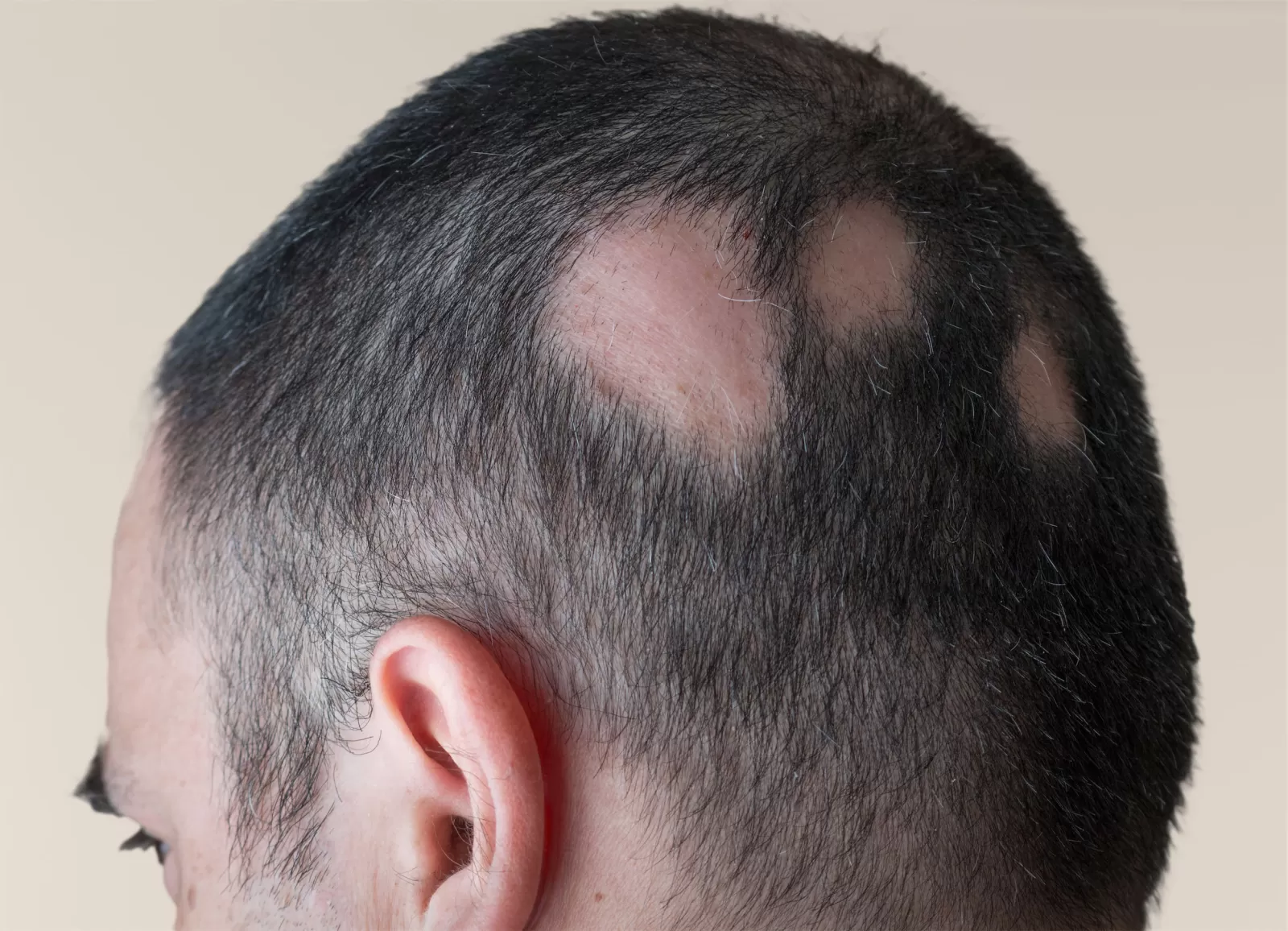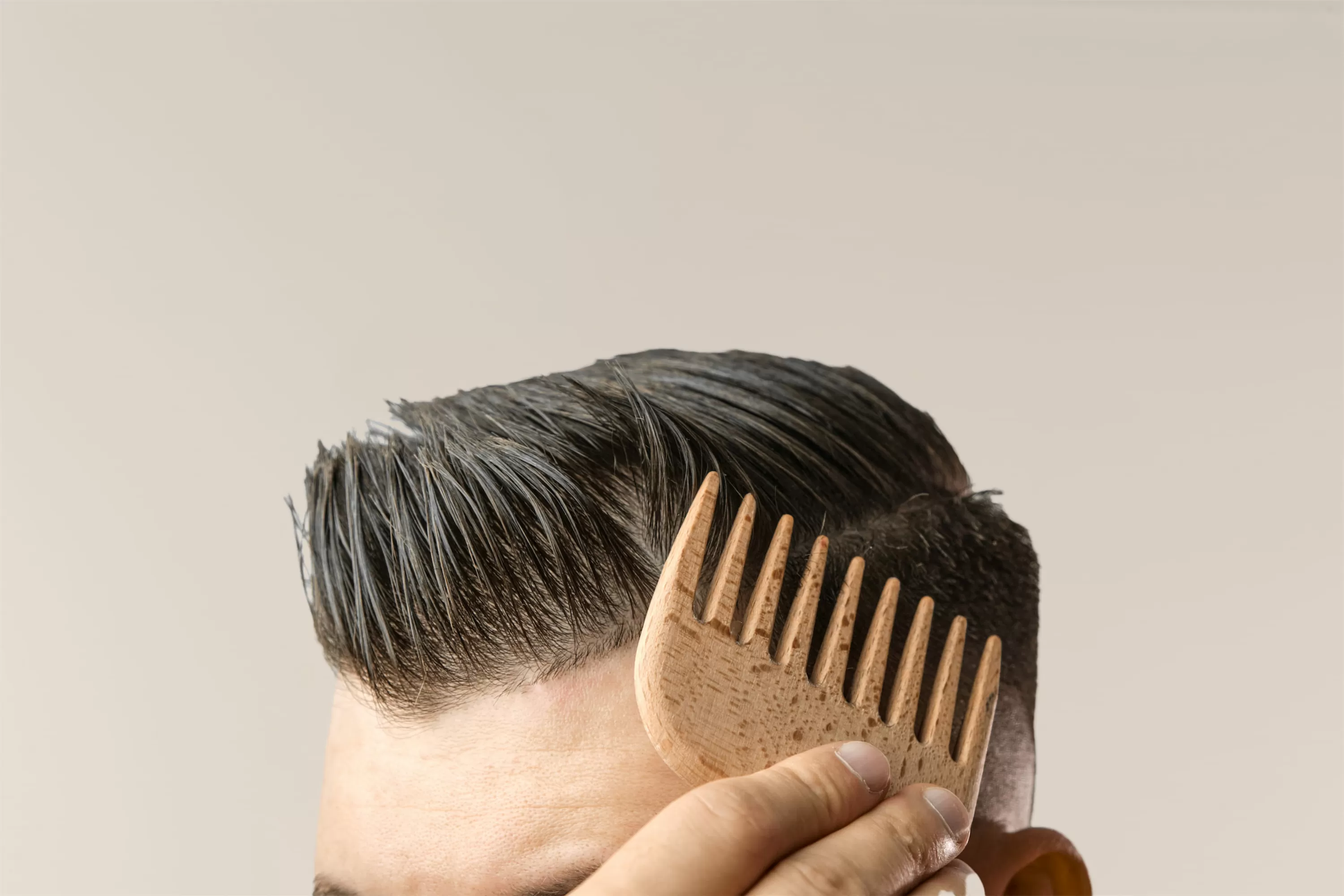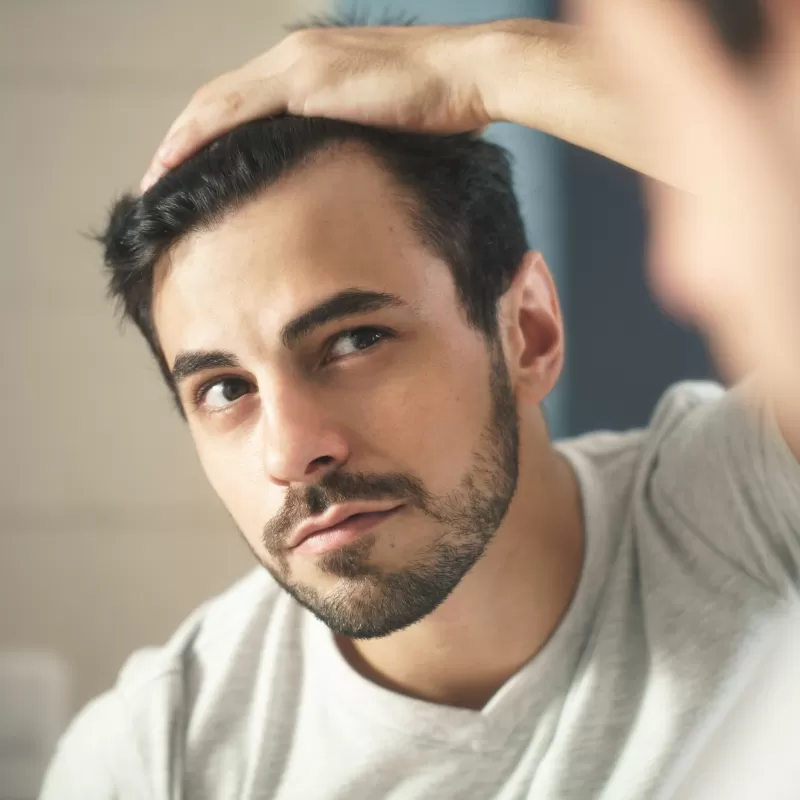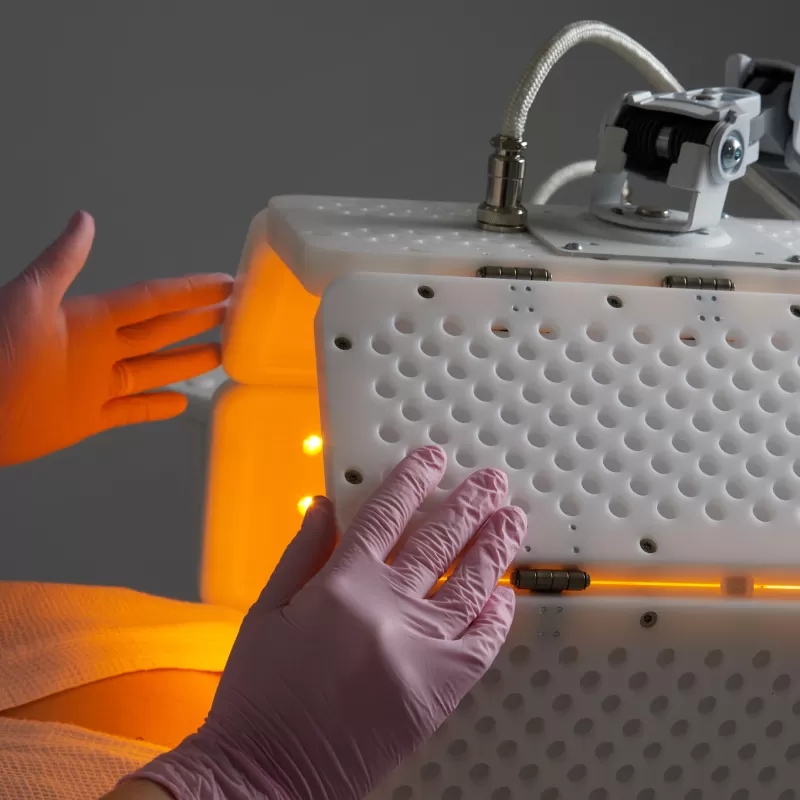Male Pattern Hair Loss
Male Pattern Hair Loss
Condition
What is Alopecia Areata?
What is Alopecia Areata?
Alopecia areata is a skin condition that causes a sudden loss of patches of hair on the scalp and sometimes other parts of the body. The typical hair loss pattern for alopecia areata is to have one or more bald areas on the scalp or facial hair that are round and the size of a large coin. It is nonscarring, which means that there is no permanent damage to the hair follicle. In most people, new hair eventually grows back in the affected areas without treatment, although this process can take months.
What causes Alopecia Areata?
What causes Alopecia Areata?
In alopecia areata, the body’s immune system mistakenly attacks the hair follicles for reasons that are not clear. Fortunately, the follicles retain their ability to regrow hair, and the hair loss is not permanent in most cases. It can begin at any age; however, most people develop it during childhood or their teenage years.
Other conditions can be associated with alopecia areata; these may include vitiligo, thyroiditis, pernicious anaemia. A person who has a close relative with alopecia areata has a slightly increased risk of developing it as well.
How can we help?
How can we help?
At The Hair Institute, Canberra’s first hair transplant clinic provides a range of services such as prescription medication, growth factor therapy, light therapy, and minimal invasive hair transplantation. Our experienced hair transplant doctor will provide a comprehensive assessment and bespoke treatment plan that address your hair loss concern.

FAQ
Have further questions or want to learn more?
What are the common types of alopecia areata?
Three of the more well-known types of alopecia areata
- Alopecia areata (patchy) — The most common form, with one or more coin-sized hairless patches on the scalp or other areas of the body. This type may convert into either alopecia totalis or alopecia universalis, but most commonly it remains patchy.
- Persistent patchy alopecia areata – this characterized by patchy scalp hair loss that continues over a long period of time without ever developing into extensive alopecia areata such as totalis or universalis.
- Alopecia totalis — Total loss of the hair on the scalp
- Alopecia universalis — Complete loss of hair on the scalp and face, plus the rest of the body (including pubic hair)
Depending on which type and severity of the disease you have, you might experience hair loss in different areas and your hair loss and regrowth may be unpredictable and cyclical (happen over and over) for many years. Though for some people, hair may also regrow in a few months.
What kinds of symptoms will I have with alopecia areata?
All types of alopecia areata result in some form of hair loss. There is no way to predict the pattern of hair loss and regrowth you will experience or how severe or long lasting it will be. It’s important to remember that alopecia areata is different for everyone who has it.
Symptoms of alopecia areata may include:
- Small, round (or oval) patches of hair loss on the scalp, beard area of the face or other areas of the body with hair
- Hair loss and regrowth at the same time in different areas of the body
- Significant hair loss in a very short period of time
- Hair loss that’s mostly on one side of the scalp, instead of both sides
- “Exclamation point” hairs that are narrow at the base/next to the scalp
- “Stippling” or “Pitting” (rows of tiny dents) on the fingernails
Is alopecia areata curable?
It cannot be cured; however, it’s possible to regrow hair. For some people, regrowth will happen without any help. Some people have cycles of hair loss and regrowth.
If your hair doesn’t regrow on its own, other medical treatments may help.
Will my child inherit alopecia areata from me?
It’s understandable that adults who have alopecia areata would be concerned about the risks of passing the disease to future children. However, because alopecia areata is so complex, it’s almost impossible to predict whether or not your child will develop the condition. Scientists believe that multiple factors (both genetic and in the environment) are needed in order to trigger the disease, not just simply family heredity. In fact, most parents will not pass alopecia areata along to their children.


